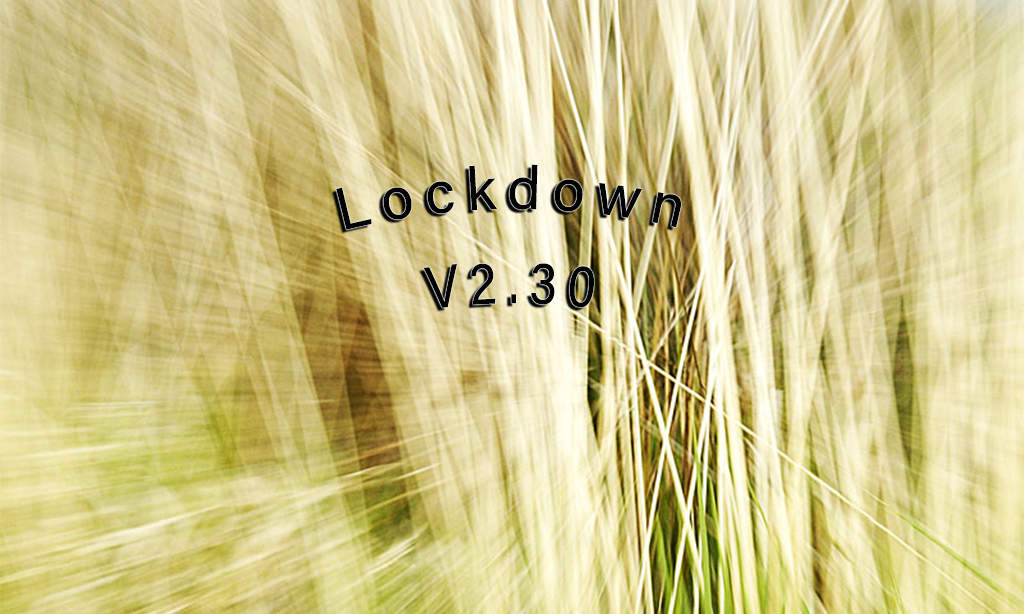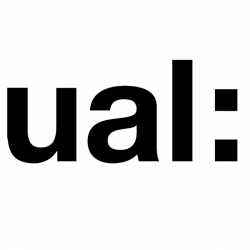Photographs and Text by Raphaël Castillo
BA (Hons) Interaction Design Arts
Forever inspired by the Ukiyo‐e work of Katsushika Hokusai and Utagawa Hiroshige, each of whom have a series of prints titled 36 Views of Mount Fuji, but also by Burges Park and the parks of London in general, I started working on a series of prints and documentary pictures which focus on the subconscious relationship between nature and the urban citizens reflected in parks. Though nature has always been alluded to in my work, in times of successive lockdowns, many of us have started to perceive parks differently.
In the illustrations of the Japanese masters, I had always been fond of the balance between the attention given to the interaction of the Elements, and that given to the things of human culture. Their way of working in series and the overall process of printing, make their work key influences for the original development of photography and has long impacted my way of writing pictures. Though one major change is to be noticed. Most of the works in the two masters’ series contain human figures, dancing with their respective tools in the middle of intricate landscapes. This adds much liveliness and warmth to their images, one which I feel could be missing from mine. However, photography itself is a technological process, and the technology which was then shown in a sophisticated balance with nature, has now taken over the whole landscape, as well as human activity.
I have found serenity in keeping these images quiet, letting whatever technologically induced noise you already have around do the noise.
www.raphaelfondation.com


